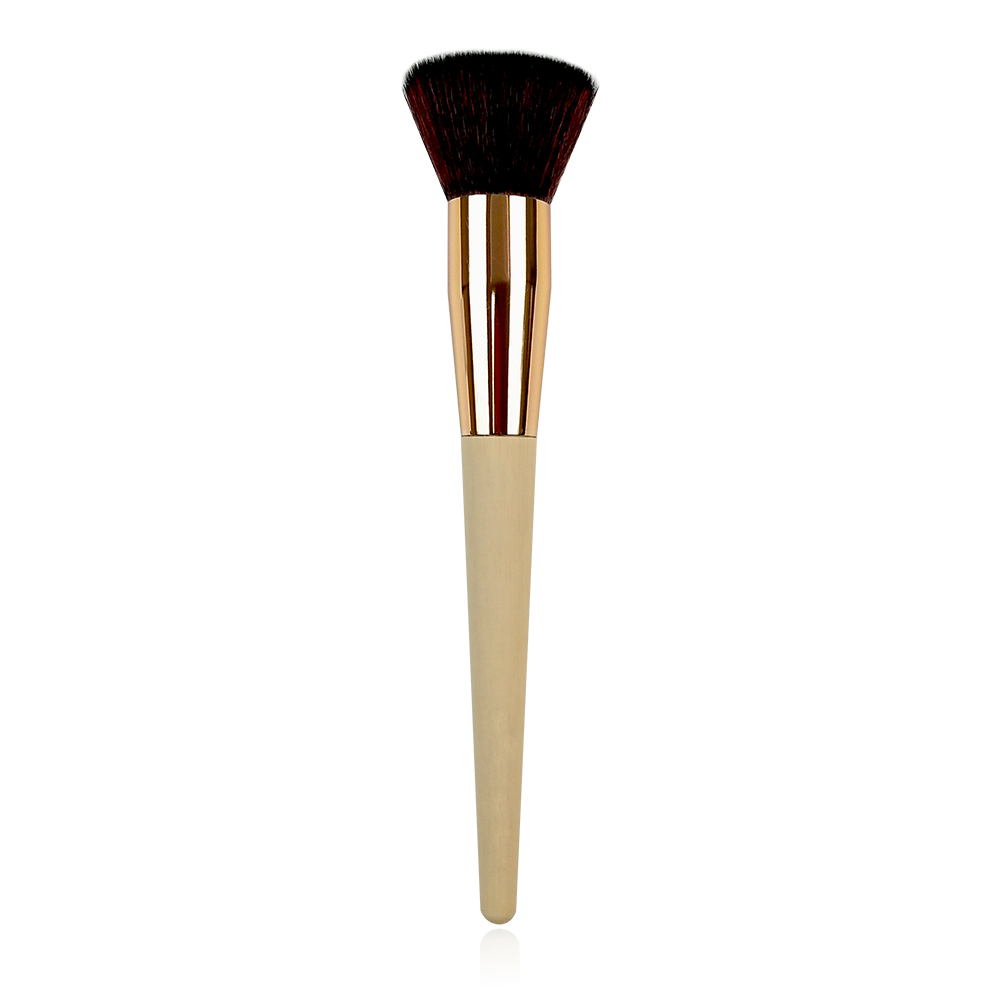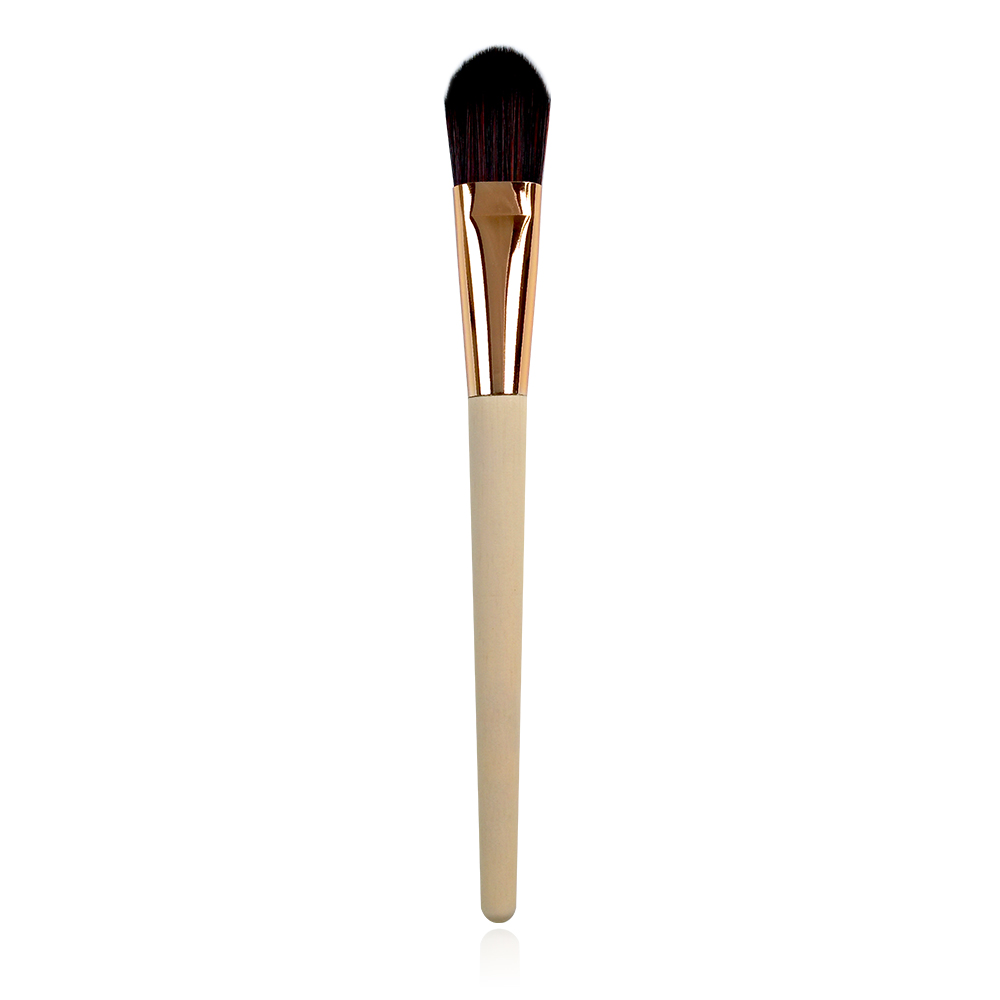Glossing is a colorless, transparent coating on the surface of the printed matter. After being leveled and dried, ∷(2) is used to kill the "uniform and transparent bright layer" process. Coating not only enhances the surface brightness and protects printed graphics, but also does not affect the recycling of paper. Therefore, it is widely used in the surface processing of printed paper boxes, books, pictures, posters and other printed products. The lacquer processing technology of paper prints includes coating glazing, UV glazing, and pearlescent pigment glazing.
1 Various glazing process features and requirements
1) Coating coating
The coating glazing process is actually to stop the splicing of the coating. Coating coatings include solvent coatings, waterborne coatings, UV coatings, and pearlescent coatings.
Because solvent varnish is not conducive to environmental protection, the application range is increasingly limited.
The waterborne varnish uses water as the solvent, which is non-toxic and odorless. It eliminates the harm to the human body and the pollution to the environment. It has the advantages of fast drying, good film transparency, stable performance, good abrasion resistance and flatness on the glazing surface, and printing. With the features of wide post processing flexibility, good heat sealing performance, safe and reliable use, convenient storage and transportation, etc., more and more attention has been paid to food, medicine, tobacco carton packaging and printing companies.
UV polishing products have high surface gloss, heat resistance, abrasion resistance, and water resistance. There is no volatilization of solvents during curing, and do not cause environmental pollution. It is suitable for high-grade packaging.
Pearlescent pigment polish can get a good spot color gloss effect, with good prospects for development.
After the glazing, after the varnish is dried (the time is very short and the job can be done online), the calendering can be performed with the aim of forming a glossy surface on the varnish surface.
Performance requirements for glazing coatings
1 The film is transparent and does not change color.
2 has a certain degree of flexibility. The glossy film formed on the surface of any type of varnish must maintain good elasticity so that it can adapt to the flexibility of paper or paperboard, and it will not be damaged or cracked or peeled off.
3 film has a certain degree of wear resistance. Some glossy prints require some abrasion resistance and scratch resistance after polishing. Such as high-speed box making machine, cardboard box packaging machine device, books on the seal line production process, the print surface to be subject to friction, it must have wear resistance.
4 has a certain adhesion to the print surface. Due to the influence of the surface ink layer, the surface adhesiveness of the printed matter is significantly reduced. In order to prevent the dried and cracked ink layer from being used after drying, the film layer is required to have strong adhesion, and it has a certain amount of auxiliary materials for the ink and the ink transfer. The adhesive force.
5 good leveling, smooth film surface. There are various types of materials for printing materials, and the effects of printed graphics, such as the surface absorptivity, smoothness, and wettability, are very different. In order to make the coating on the surface of different products can form a smooth film layer, it requires coating oil. Leveling is good, film surface is smooth after film formation.
6 film adaptation to environmental performance is better. After glazing some of the printed matter used to produce various types of packaging cartons, in order to be able to play a good protective effect on the packaged products, requiring the coating layer to adapt to the environment must be better. For example: The packaging of food, cigarettes, cosmetics, clothing and other commodities must have moisture-proof and mildew-proof properties. In addition, the chemical properties of the dried film must be stable and cannot be changed due to contact with chemical substances such as weak acids or weak bases in the environment.
7 Printability is wide after printing. After glazing the prints, it usually needs to undergo post-process processing. For example, the heat resistance is better. After the galvanized aluminum is pressed, no sticking phenomenon can occur; the solvent resistance is good, and the ink layer after drying cannot be subjected to post processing. Foaming, wrinkling, and stickiness occur due to the effect of the adhesive.
The main factors that affect the quality of glazing
The factors affecting the quality of glazing are the glazing suitability of the printed matter, the temperature, the quality of the ink, and the crystallization of the printed matter.
1 lacquer applicability of prints. The glazing suitability of prints mainly refers to the influence of printing paper and printing inks on coating. a. How does the quality and characteristics of the paper directly affect the quality of coating products? For example, coated paper has a smooth surface. After coating, the coating material is easy to level and the coating layer is dry on the paper surface. The smoothness of the film surface is higher, the gloss effect is significantly improved; while the surface of the paint paper with low quality is rough, and the coating is not easy to level after the coating, and the coating effect is relatively poor. To this end, you can take two passes of oil to ensure the quality of polish. b. If the ink is poor in heat resistance and alcohol resistance, the print image will have discoloration or wrinkle skin quality defects. Therefore, glazing products should be used alcohol-resistant, ester solvents and printing inks with good acid and alkali resistance. In addition, it is also required that the ink does not change color and has a good gloss, and has a strong adhesiveness to the paper.
2 The effect of temperature on the polish quality of the product. Under normal circumstances, the temperature of printing products can be controlled at about 20°C to obtain ideal results. However, if the coating is applied in winter, the coating oil will be easily solidified due to the low temperature, which is not conducive to the normal flow of the coating oil, resulting in uneven oil film on the surface of the product, and thus the brightness of the product must be poor. In order to overcome the disadvantages caused by environmental conditions, the varnish should be placed in a relatively warm place. If necessary, add solvent dilution as appropriate.
3 Effect of crystallization on the quality of glazing. The printing time is too long or the dry oil is added to the base ink to cause the ink layer to crystallize on the surface of the paper. When the coating is applied, the varnish does not adhere to the ink layer. All phenomena. When this happens, just add 5% lactic acid to the varnishes and glazing after mixing. With this modified coating oil applied to the print, the crystallized film on the surface of the print can be damaged, so that the requirement for uniform adsorption of the glazing oil can be achieved.
2) UV coating
UV glazing is the use of UV 熥 åº€æ’¸çŠ æ·… æ·… æ·… æ·… 袒疷 袒疷 V glazing method? UV glazing rely on UV light irradiation, so that the UV coating internal chemical reaction, complete the curing process. Due to the effect of ultraviolet ray, the UV glazing is instantaneously dry, the curing speed is fast, and the curing speed can reach 60 to 120 m/min. The glazing oil has strong affinity for the ink and adheres firmly. There is no volatilization of the solvent during curing and no environmental pollution is caused. The use of UV Varnish prints, high surface gloss, heat, abrasion resistance, water resistance, light resistance, UV glazing products do not stick, after stacking can be stacked up offline, is conducive to binding and other post-processing operations. However, due to the high price of UV varnish and the high performance requirements for the machine, it is currently only used in the coating of high-grade cartons. There is also a special glazing, that is, a local coating on the parts of the packaging that needs to be highlighted, and the use of a local glazing product to create a unique artistic effect by contrasting the lustrous part with the non-light part.
The domestic production of UV varnish has also developed rapidly in recent years, and the quality has reached a relatively high level. For example, the flexographic UV varnish produced by Shaanxi New Century Printing Materials Co., Ltd. and the special UV varnish for the cover of textbooks are already available in China. Promotional use, praised by users.
3) Pearlescent pigment coating
Pearlescent pigment coating is the application of a pigment with a color and translucency and partial hiding power to the surface of the print. Pearlescent pigments can be printed after being blended with a colorless, transparent binder alone, mixed with other inks, and used in combination with other ink layers. In the modern printing industry, the pearlescent effect is an irreplaceable spot color gloss effect. In the packaging of high-end packaging such as cigarettes, pharmaceuticals, foods, cosmetics, has a good application prospects.
2 Polishing common faults and troubleshooting
1) Small granular impurities appear on the surface of glossy prints
Cause of failure: Impurities have been mixed in the coating material.
Solution: The glazing coating should be filtered before use. Before polishing, you should also clean the coating machine paint bucket and rubber roller to avoid dirt mixed.
2) The gloss of the coating film is poor
Reasons for the failure: a. The temperature of the coating drying and calendering is low; b. The quality of the coating is poor, and the gloss of the coating itself is low; c. The coating concentration is small, the coating amount is insufficient, and the coating is too thin.
Solution: a. Adjust the coating drying temperature and increase the calendering temperature; b. Replace the coating, or increase the coating concentration, and increase the coating amount; c. Use secondary coating.
3) Streaks or wrinkles on the film surface
Causes of failure: a. The viscosity of the glazing coating is high; b. The coating amount of the glazing coating is too large; c. The wettability of the enamel coating on the surface of the printed matter is not good; d. The cot and the impression cylinder of the glazing machine The pressure is uneven.
Solution: a. Add a small amount of thinner to reduce the paint viscosity value; b. Reduce the coating amount of the glazing coating; c. Adjust the pressure between the glazing machine's rubber roller and the impression roller to eliminate streaks.
4) After calendering, the surface is easy to crack (thick paper is more obvious)
Failure reasons: a. high temperature in the calendering, reduce the moisture content of the printed matter, paper fiber becomes brittle; b. pressure in the calendered, so that the printability extension, flexibility become worse; c. improper selection of post-processing conditions d. Polishing coating after poor applicability?
Remedy: a. Reduce the calendering drying temperature, and take effective measures to change the moisture content of the printed matter; b. Reduce the pressure of the calendering; c. Adjust the post-processing conditions to match the suitability of the printed matter (after calendering) match.
5) After the calendering, the blank part of the printed product is light-colored, and the light-colored part is discolored.
Causes of failure: a. Insufficient ink drying, ink layer solvent resistance is not good; b. The coating solvent has a certain degree of dissolution of the ink layer; c. The coating layer is not completely dry, the solvent residue is high.
The solution: a. After the printed matter is dried and then glazing; b. Reduce the amount of solvent in the glazing coating (solvent that has a dissolving effect on the ink), allow the conditions to change the solvent or change the coating; c. Improve the drying temperature, reduce the coating Internal solvent residue.
Reprinted from: CPC Chinese Print Community

